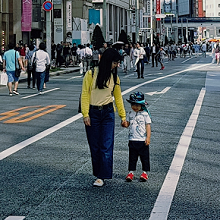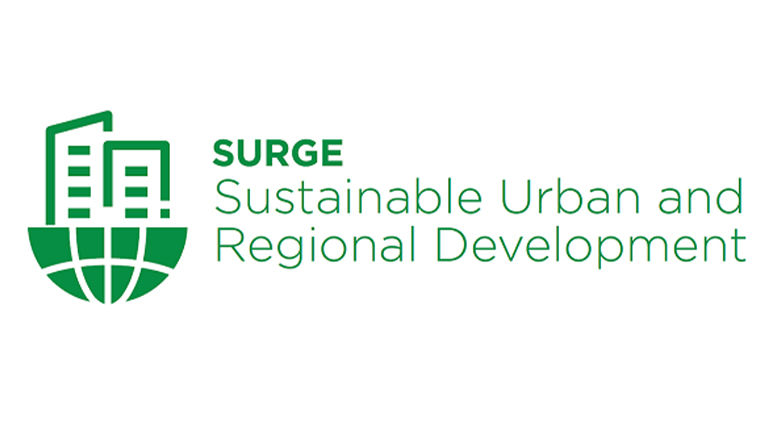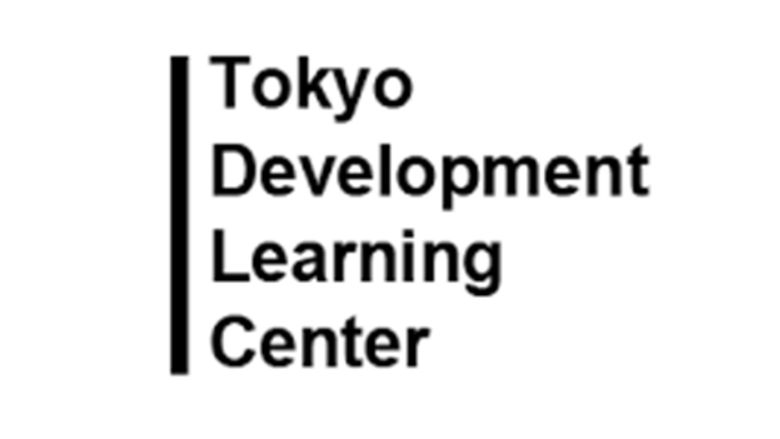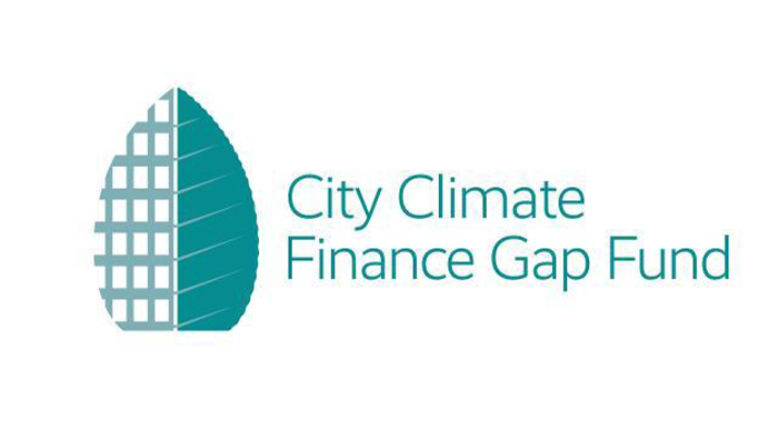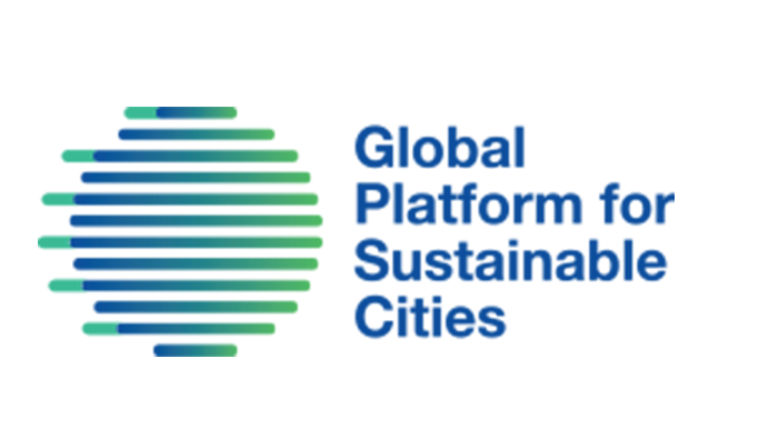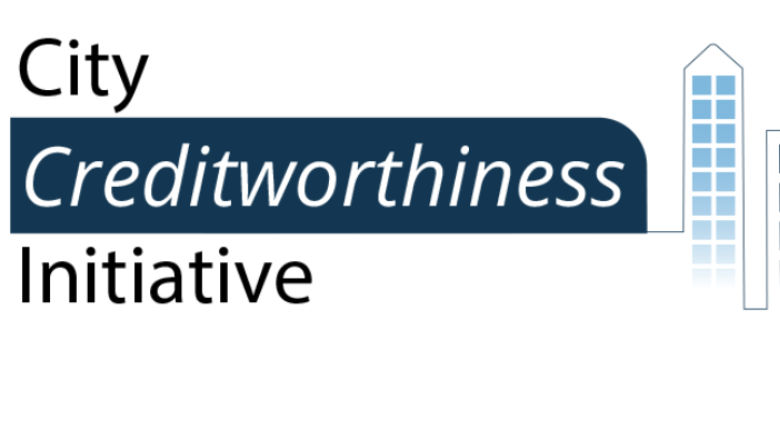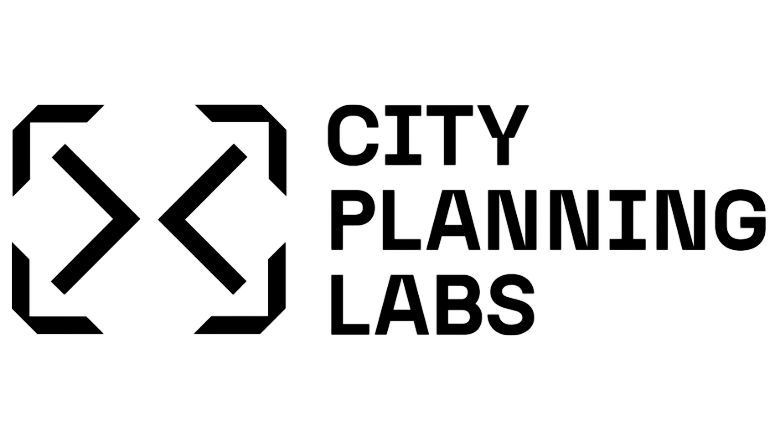Building more livable cities is an essential step toward achieving the World Bank mission of ending poverty and boosting shared prosperity on a livable planet.
Today, more than half of the world’s population – over 4 billion people – lives in cities. This shift is set to continue, with the urban population expected to more than double by 2050, at which point nearly 7 in 10 people will live in cities.
Cities are engines of economic growth and development. They are the centers where most GDP is generated and most private sector jobs are created. As cities grow, they help entire regions and even countries to become more prosperous and productive. However, the rapid pace and scale of urbanization is also bringing significant challenges.
Cities must meet the growing global demand for more and better jobs, efficient infrastructure and services, and affordable housing, especially for the over 1 billion people living in slums or informal settlements. The pressure on cities is being further heightened by rising rates of global conflict, with over half of forcibly displaced people living in cities and urban areas.
Once a city is built, its physical form and land use patterns can be set for generations, often leading to unsustainable urban sprawl that limits connectivity and access to jobs. This also strains land and natural resources, with cities consuming two-thirds of global energy and producing more than 70% of global greenhouse gas emissions.
As cities grow, their vulnerability to natural disasters increases, threatening lives and assets. Since 1985, over 75,000 km2 of new urban land, equivalent to about 50 times the area of Greater London, has been developed in areas prone to severe flooding. Globally, 1.8 billion people – one in four – live in high-risk flood zones, with the majority living in rapidly urbanizing river plains and coastlines in developing countries.
Creating more livable cities demands strategic policy coordination and smart investment decisions. National and local governments must act decisively to shape their urban futures and create opportunities for all. By investing in urban infrastructure and services, cities can become powerful engines of development, lifting millions out of poverty and securing long-term economic success for generations to come.

